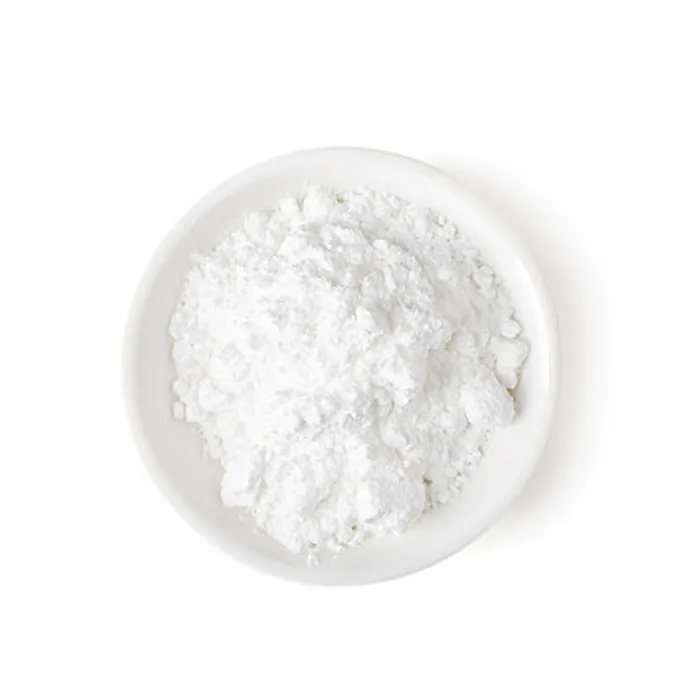Polyacrylamide, a synthetic polymer derived from acrylamide monomers, has found extensive applications across various fields, particularly in water treatment, agriculture, and biomedical research. The anionic form of polyacrylamide, characterized by negatively charged polymer chains, is particularly notable for its significant role in enhancing the performance of certain processes due to its unique properties.
.
In agriculture, anionic polyacrylamide is utilized to improve soil structure and enhance water retention. When applied to soil, it helps reduce erosion and increases the soil's capacity to hold moisture. This is particularly beneficial in arid and semi-arid regions, where water conservation is critical. Additionally, it can improve the efficiency of irrigation practices, promoting better crop yields by ensuring that water and nutrients are available to plants for longer periods.
polyacrylamide anionic

The biomedical field also recognizes the value of anionic polyacrylamide. It is utilized in gel electrophoresis, a technique commonly used for the separation of biomolecules such as proteins and nucleic acids. The anionic form enhances the migration of negatively charged molecules, allowing researchers to obtain clearer and more distinct bands during analysis. This has important implications for genetic research, diagnostics, and drug development, making it an essential tool in modern laboratories.
Moreover, the versatility of anionic polyacrylamide extends to its role in enhanced oil recovery (EOR) processes. In oil extraction, it is utilized to increase the viscosity of the injection water, improving the sweep efficiency and ultimately resulting in higher oil recovery rates. This application is vital for maximizing output from existing oil fields and reducing the need for new drilling operations.
Despite its numerous advantages, the use of anionic polyacrylamide is not without concerns. The potential toxicity of acrylamide, particularly in its monomer form, necessitates careful handling and stringent regulations to prevent environmental and health risks. However, when utilized responsibly, anionic polyacrylamide continues to offer effective solutions in various sectors, contributing to advancements in sustainability and efficiency in resource management. Its multifaceted applications underline the importance of ongoing research and innovation in polymer technology.

